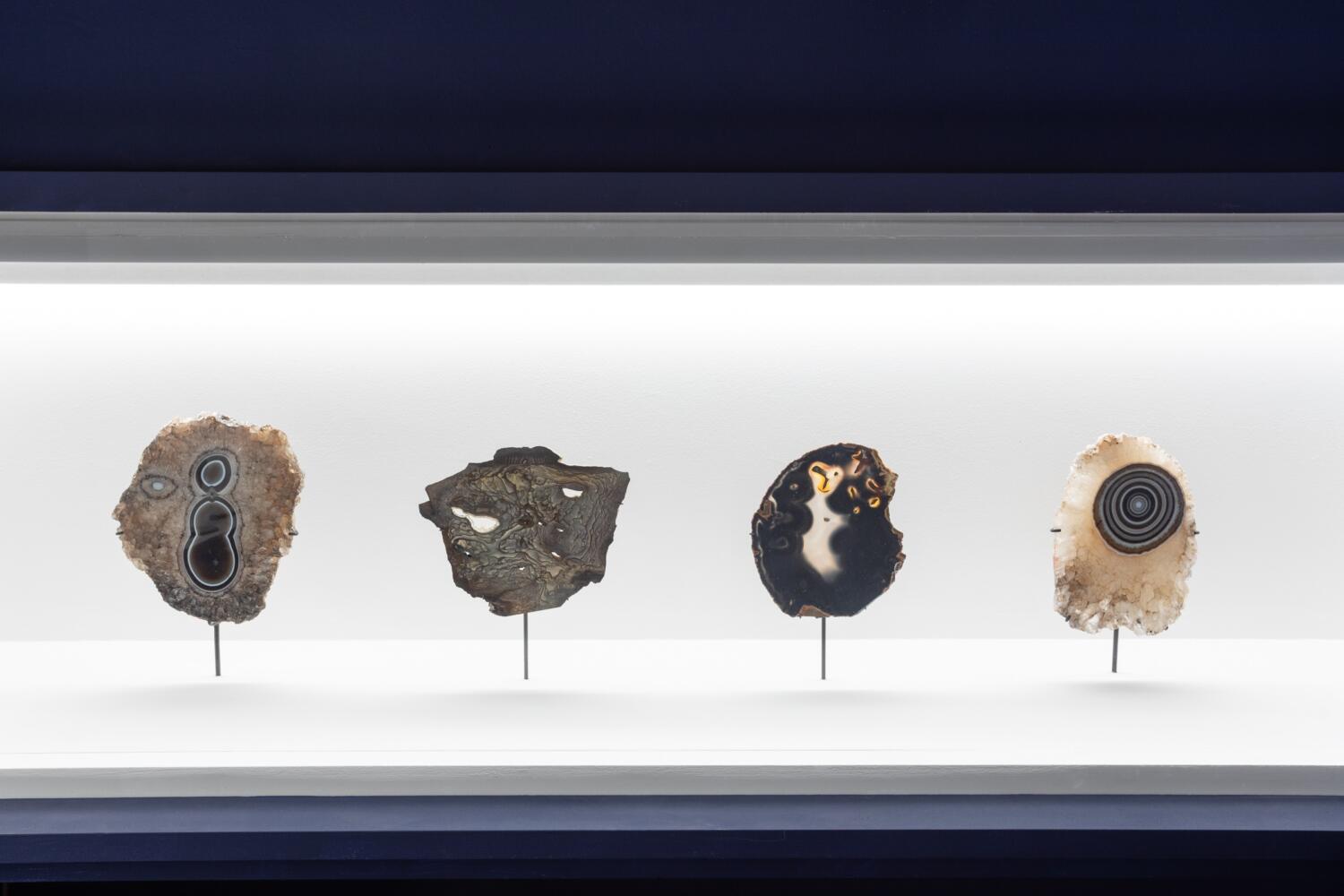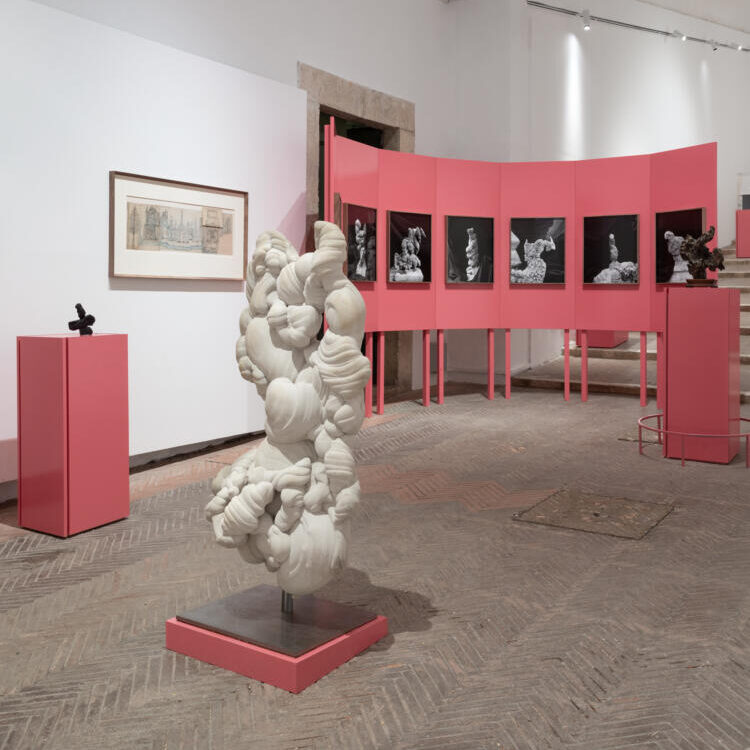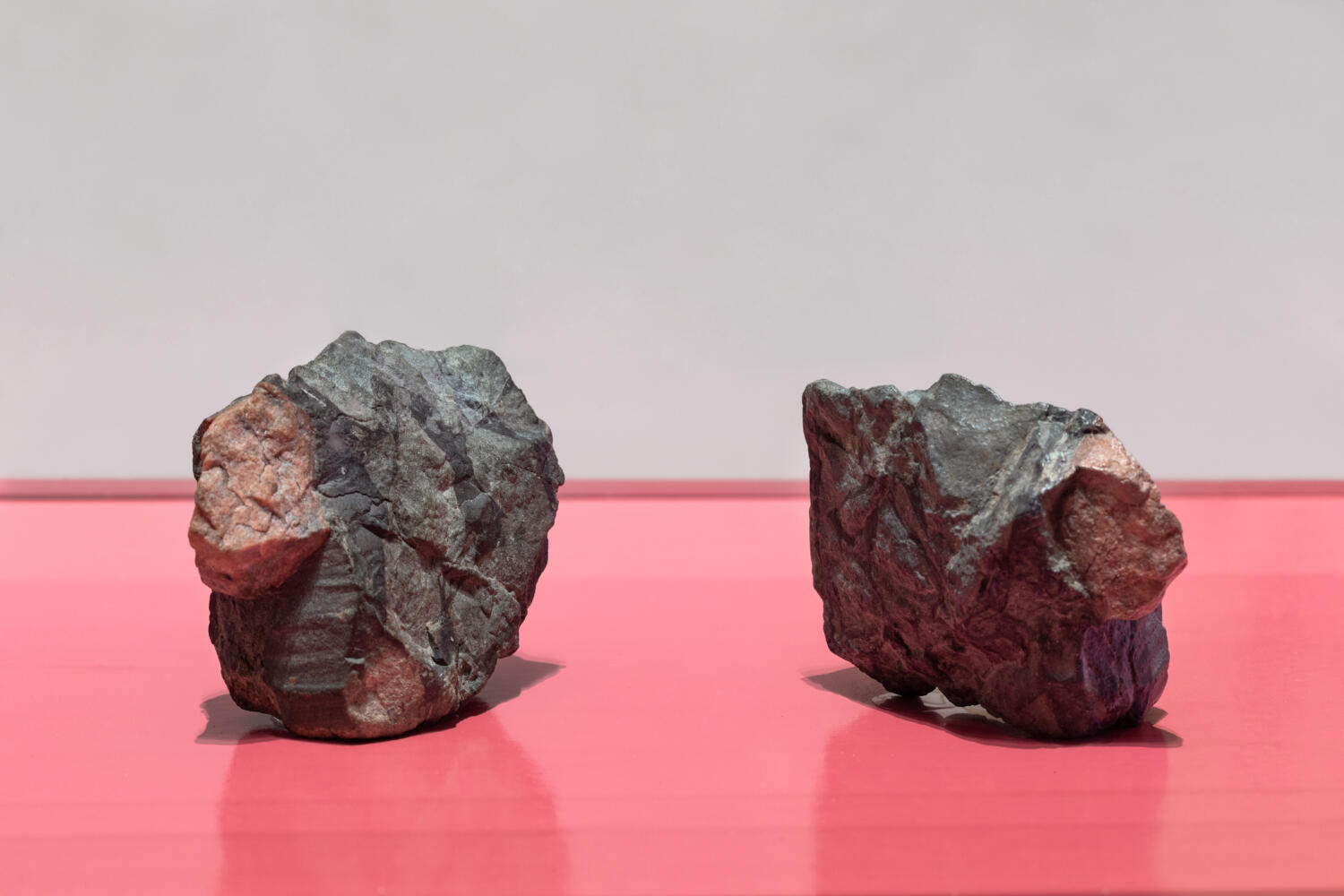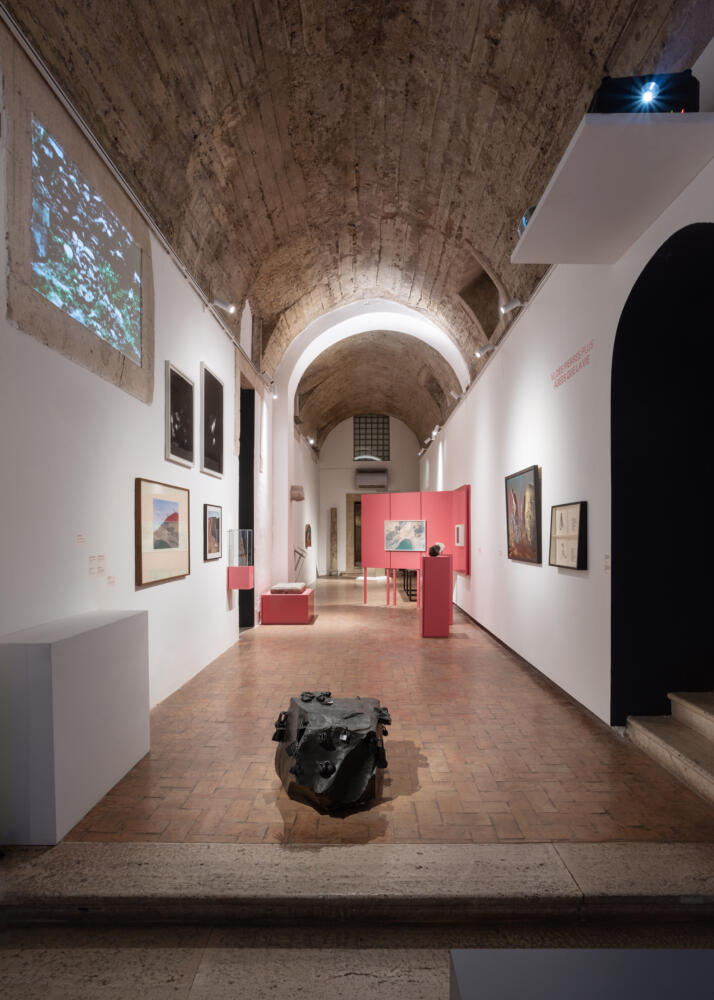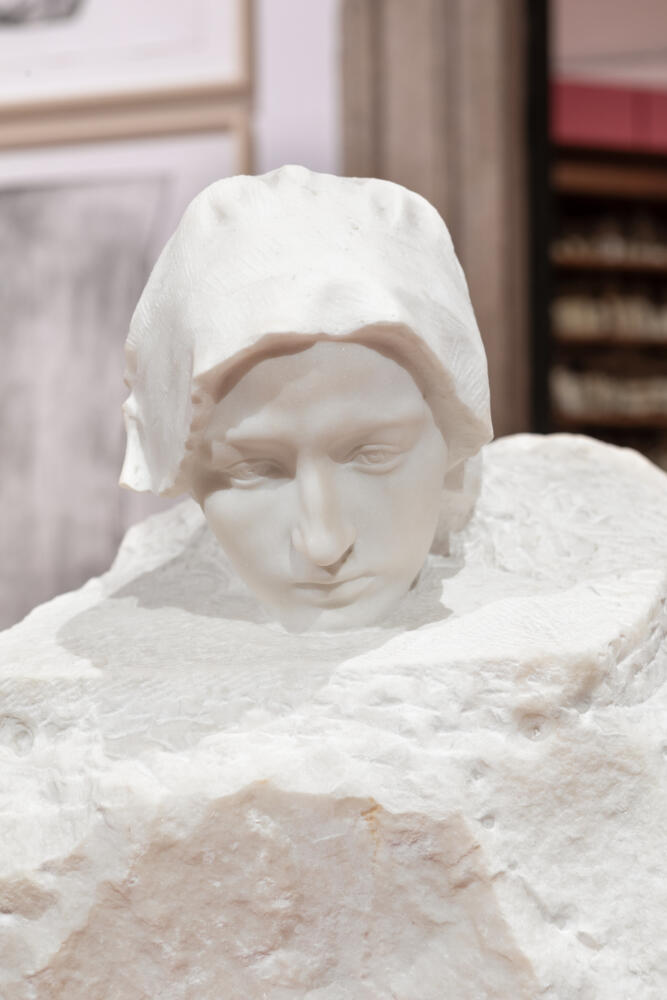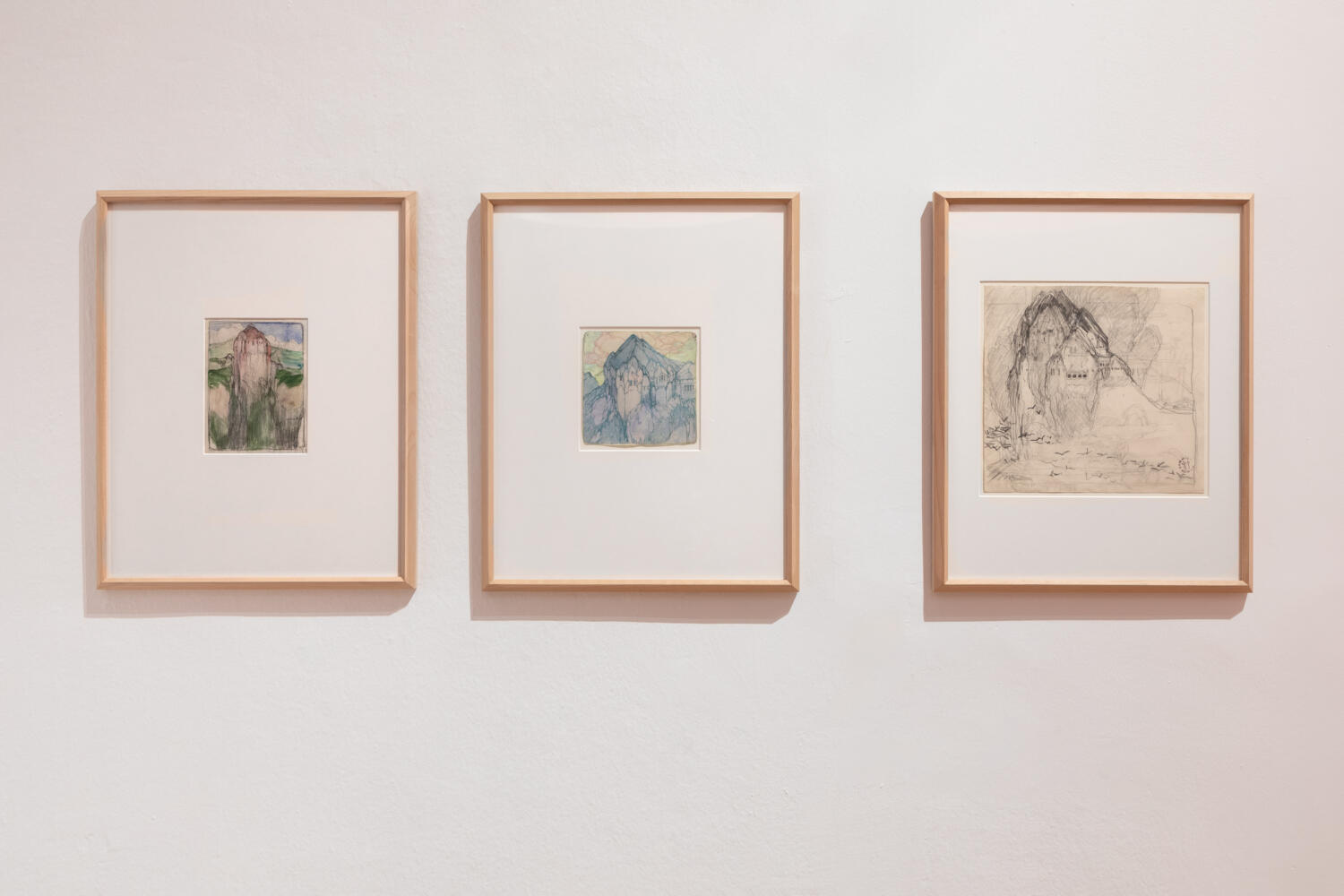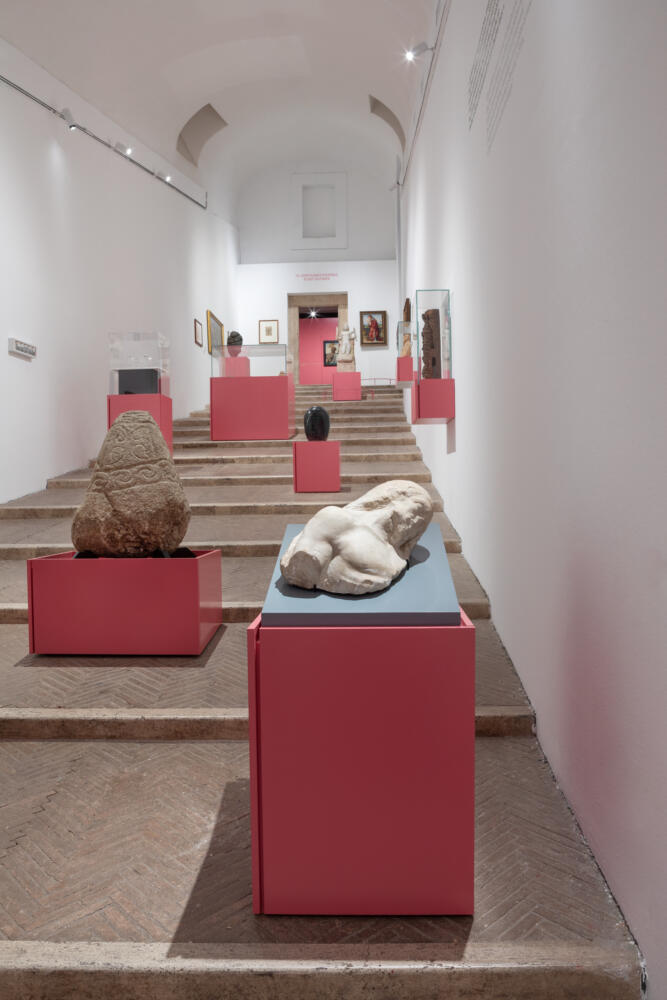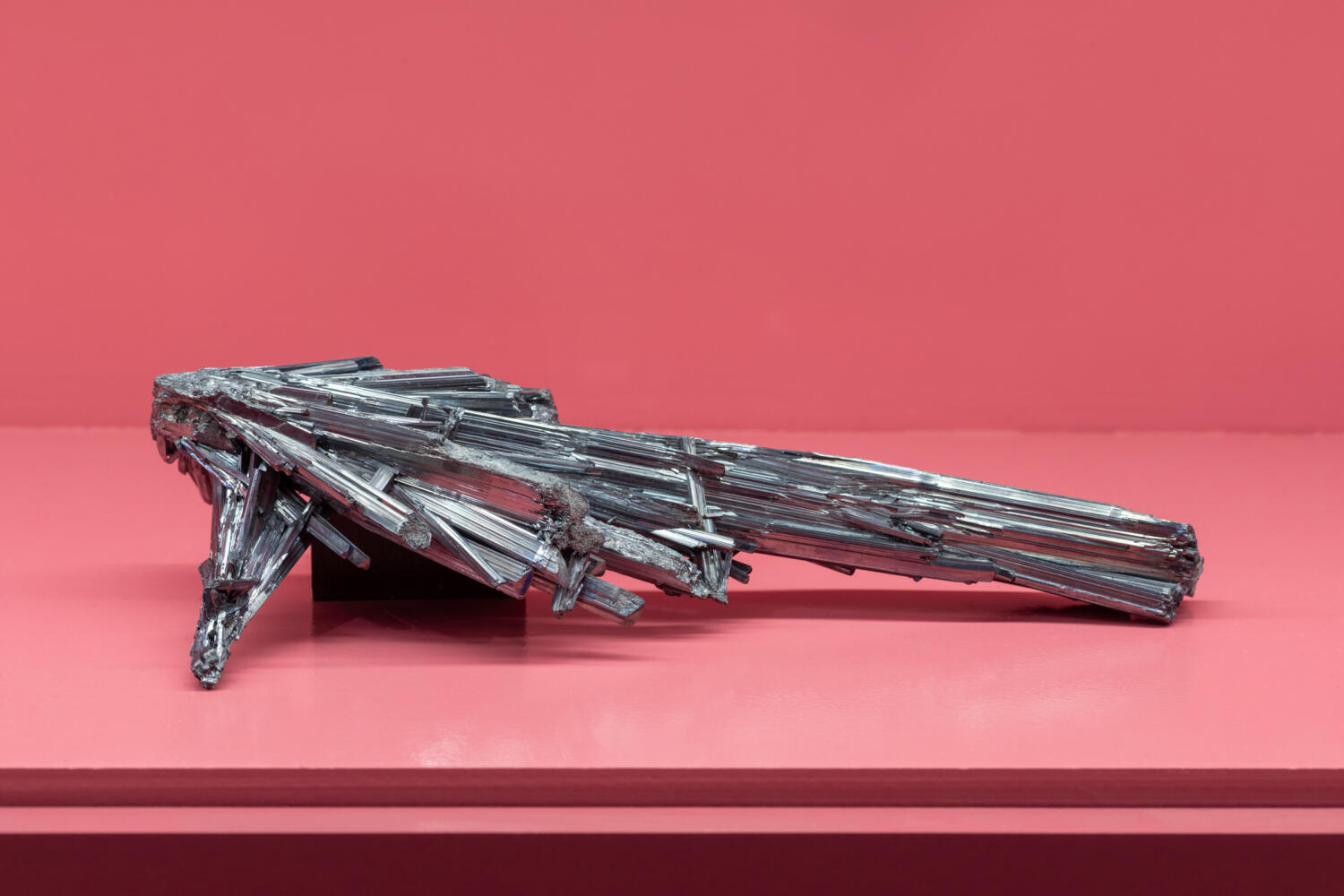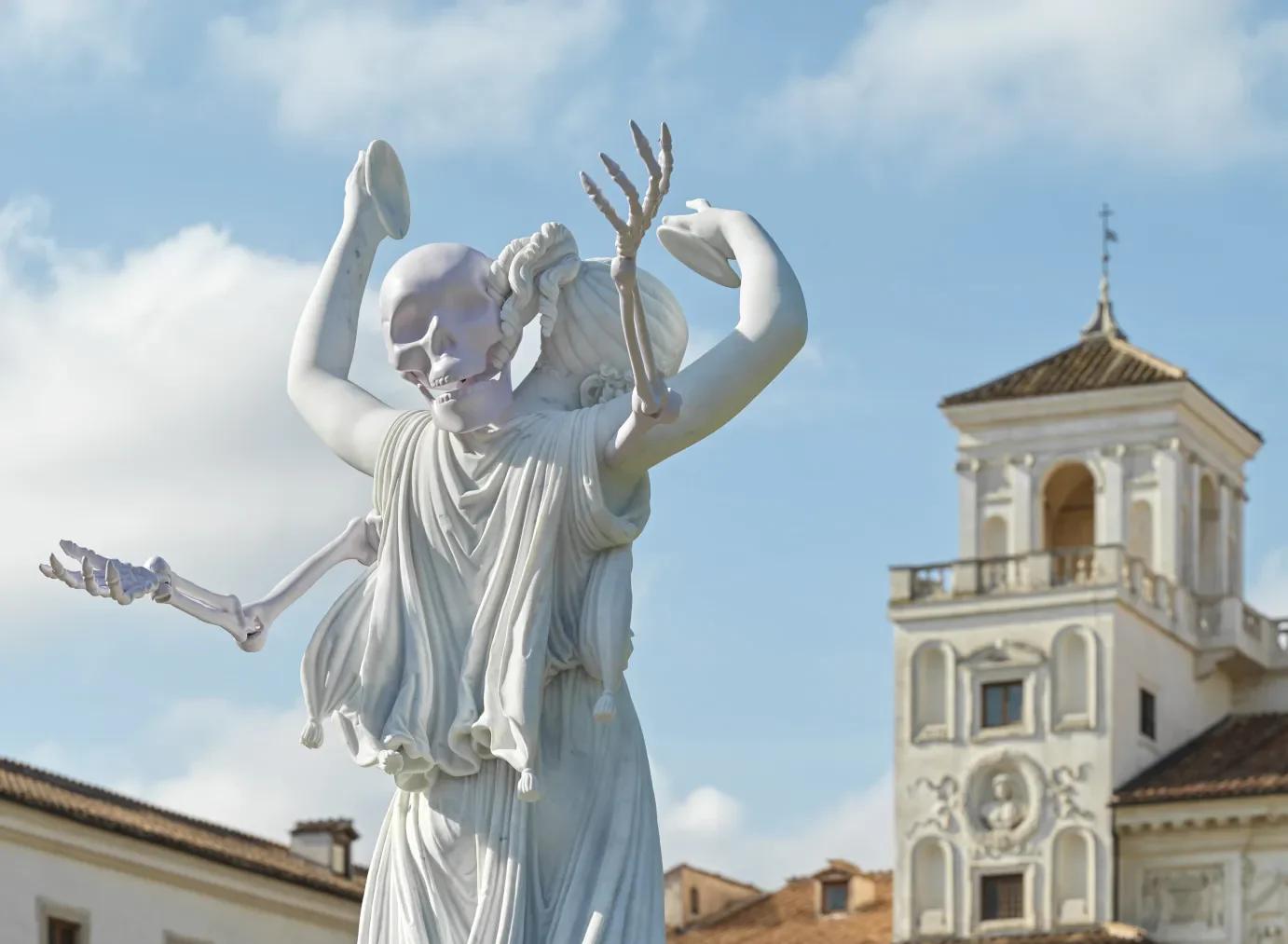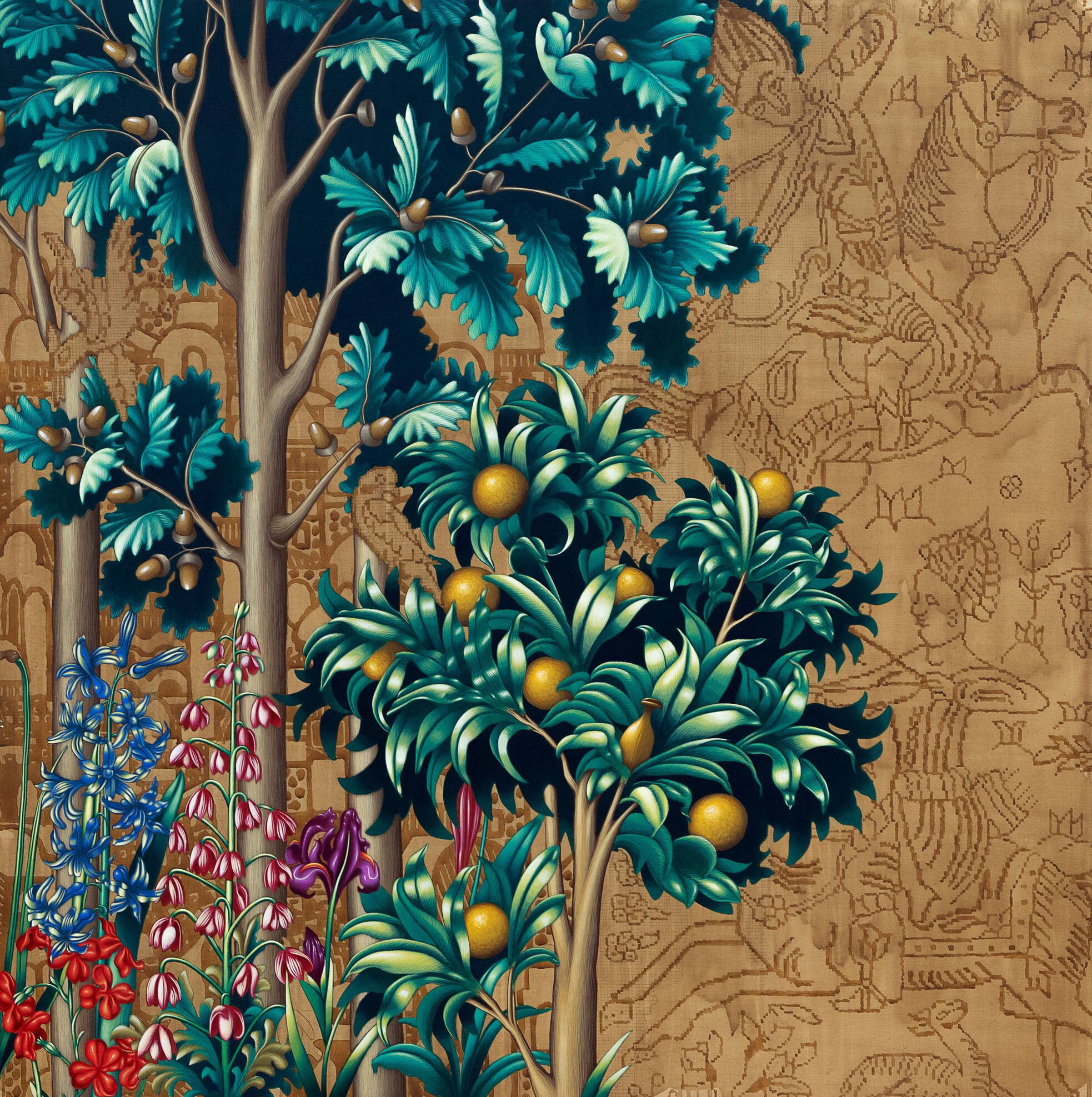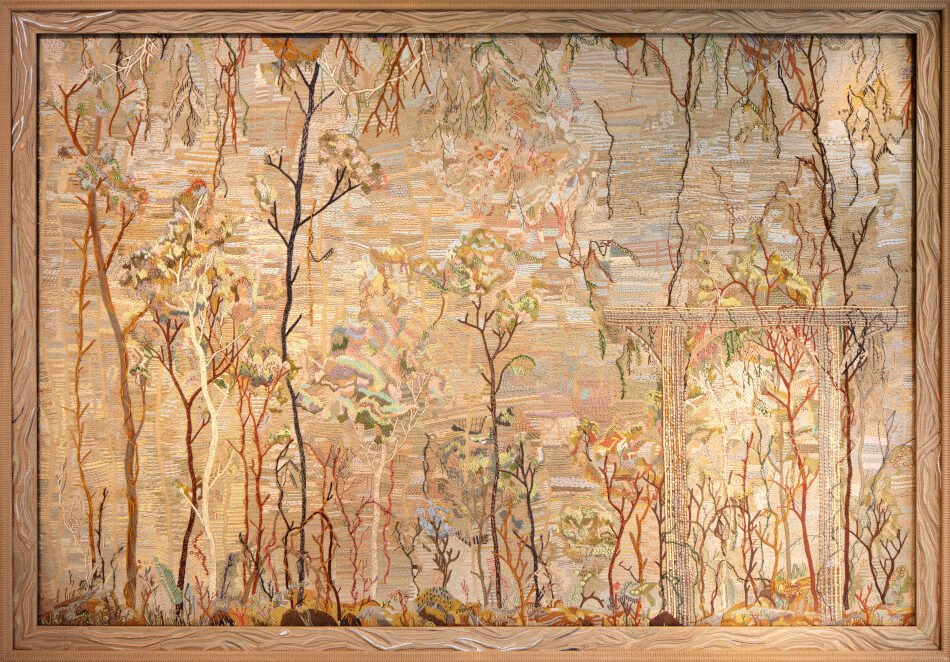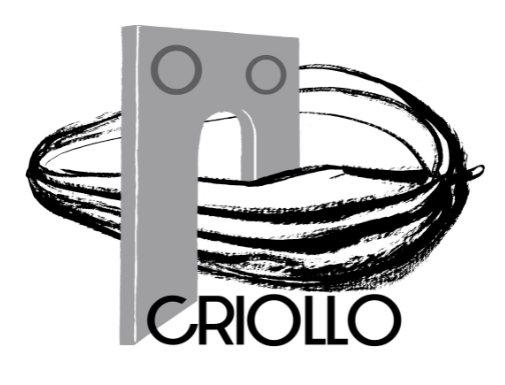Recherche
STONE STORIES
200 masterpieces by Guido Reni, Damien Hirst, Rodin and Picasso
13.10.2023 - 14.01.2024
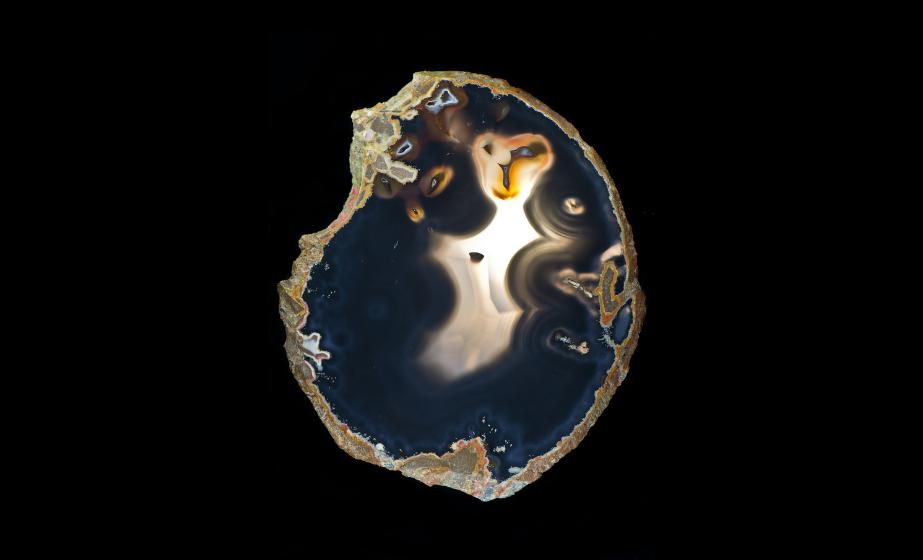
- Artistes
- Juliette Agnel
- Dove Allouche
- Gioacchino Assereto
- Hans Baldung Grien
- Théodora Barat
- Domenico Beccafumi
- Abdelkader Benchamma
- Constantin Brancusi
- Andrea Branzi
- Brassaï
- Victor Brauner
- André Breton
- Frédéric Bruly Bouabré
- Gilles Caron
- Vija Celmins
- Étienne Chambaud
- Julian Charrière
- Anne-James Chaton
- Sim Chi Yin
- Pierre-Luc-Charles Ciceri
- Pascal Convert
- Louis Daguerre
- Gino de Dominicis
- Erik Dietman
- Jean Dubuffet
- Albrecht Dürer
- Jimmie Durham
- Le Facteur Cheval
- Éric Feferberg
- Lyonel Feininger
- Esther Ferrer
- Robert Filiou
- Francesco Francia
- Aurélien Froment
- Giuseppe Penone
- Laura Grisi
- Jacques Grison
- Carl Gustav Carus
- Wenzel Hablik
- René-Just Haüy
- Damien Hirst
- Jean-Pierre Houel
- Pieter Hugo
- Alexandre Isidore Leroy de Barbes
- Jean-Michel Alberola
- Juva
- Parviz Kimiavi
- Kapwani Kiwanga
- Agnieszka Kurant
- Alicja Kwade
- Fernand Léger
- Richard Long
- Wolfgang Mattheuer
- Ana Mendieta
- Théo Mercier
- Sabine Mirlesse
- Henry Moore
- Gabriel Orozco
- Joachim Patinier
- Lucien Pelen
- Charlotte Perriand
- Pablo Picasso
- Hercules Pietersz Seghers
- Domenico Piola
- il Pozzoserrato
- Hugues Reip
- Albert Renger-Patzsch
- Guido Reni
- Évariste Richer
- Édouard Riou
- Auguste Rodin
- Roger Caillois
- Jean-Baptiste Romé de l’Isle
- Ugo Rondinone
- Jean-Claude Rugirello
- John Ruskin
- Rose Salane
- George Sand
- Jean-Michel Sanejouand
- Luca Signorelli
- Joseph Sima
- Robert Smithson
- Carl Spitzweg
- Antonio Tempesta
- Stéphane Thidet
- Toyen
- Tatiana Trouvé
- Lee Ufan
- Giorgio Vasari
- Edward Weston
- Commissaires
- Jean de Loisy
- Sam Stourdzé
Companions of our daydreams, stones, older than life itself, have exerted a fascination on humans that each of us shares: a collection, a throw, an admiring contemplation. Poets and artists from all periods of art have testified to the profound inflections these silent presences have had on their creations.
The great Surrealist writer Roger Caillois, whose mineral collection forms the prologue to this exhibition, described this insistent relationship as follows: “More than once, I’ve thought it appropriate to look at stones as a kind of poem.
Accompanied by the writer’s prose, the exhibition is the novel of this ongoing encounter, revealing the decisive position these minerals occupy between the caprice of nature and the work of art.
The Histoires de pierres exhibition at Villa Medici has benefited from loans from over 70 institutions and brings together almost 200 works, from the oldest terrestrial mineral dating back 4.4 billion years to the latest mineral created, Sentimentite, by contemporary artist Agnieszka Kurant. The tour takes in ten exhibition rooms and continues in the ancient cistern of the Villa Medici, in the apartments of Cardinal Ferdinand de’ Medici and in the Balthus studio.
The suggestions that stones have made to artists of all eras allow us to measure the extent to which our thinking, our myths, our protests, and even sometimes our anxieties, have benefited from their proximity. Here, beyond the contingencies of history, roadside stones and coveted crystals come together, votive stones, simple ruins or weapons of the weak to defend themselves from the powerful, objects of scientific study or romantic contemplation. And, among Humanity, from megalithic societies to the great names of modernity, Auguste Rodin or Giuseppe Penone, Charlotte Perriand or Antonio Tempesta, Tatiana Trouvé or the Facteur Cheval; all, inspired by their sedimented mysteries, are the heralds of this vast tale.
Visit the exhibition with Jean de Loisy
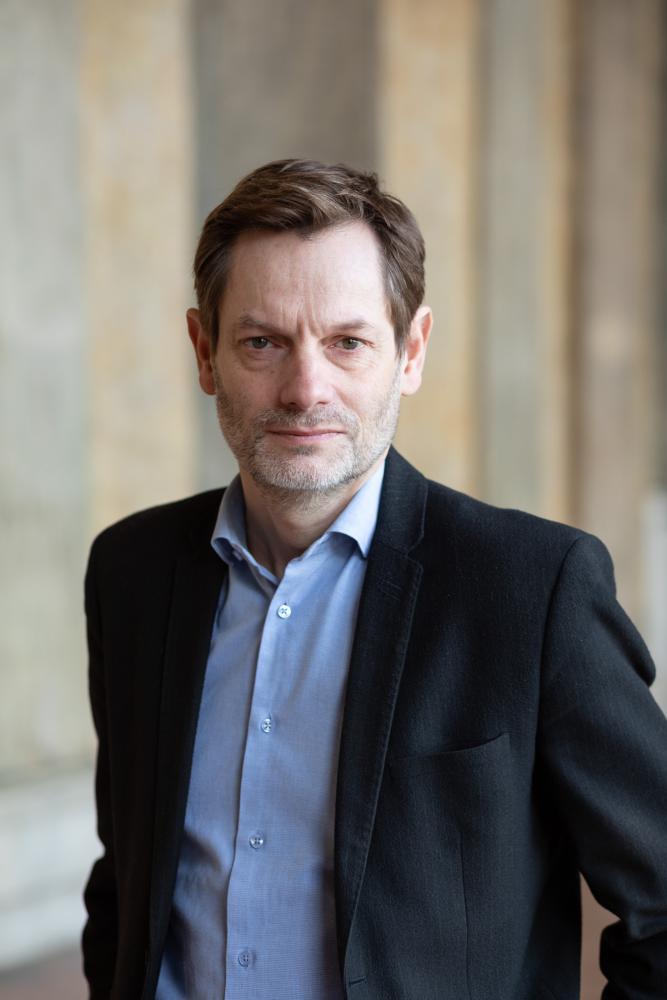
Sam Stourdzé
Born in 1973, Sam Stourdzé is a specialist in the contemporary image and the relationship between art, photography and cinema. He has curated numerous exhibitions and written several reference works. A former resident of the Académie de France in Rome – Villa Médicis in 2007 in the cinema section, Sam Stourdzé was director of Les Rencontres d’Arles from 2014 to 2020, after having directed the Musée de l’Élysée in Lausanne, Switzerland, between 2010 and 2014 and been editor-in-chief of the photography magazine ELSE. In his six years at the helm of Rencontres d’Arles, he has organized 225 exhibitions, celebrated the festival’s 50th anniversary in 2019, launched a Chinese version of the festival in Xiamen (Jimei x Arles International Photo Festival) and designed...
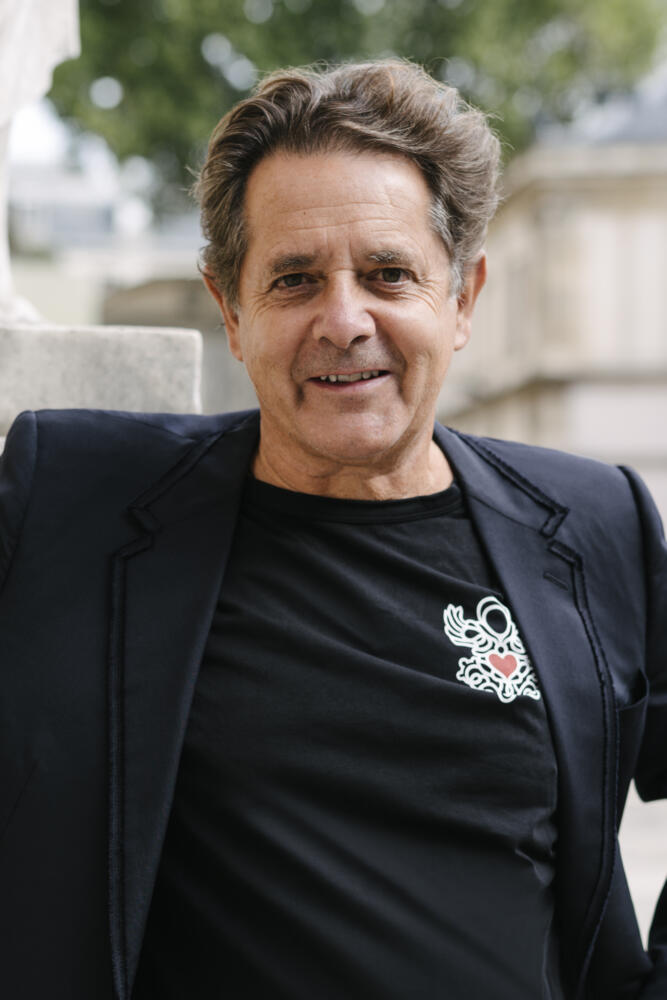
Jean de Loisy
A former student at theÉcole du Louvre in Paris, Jean de Loisy directed the Frac des Pays de la Loire from 1983 to 1986, and founded and chaired the association of Frac directors. At the Ministry of Culture from 1986 to 1988, he was in charge of contemporary creation in historic monuments. From 1989 to 1991, he was in charge of exhibitions at the Carré d’art in Nîmes. He became curator at the Fondation Cartier in Paris in 1990, then curator at the Musée National d’Art Moderne in the same city from 1994 to 1997. He was appointed President of the Palais de Tokyo in . He was appointed Director of the Beaux-Arts de Paris by Culture Minister Franck Riester on , where he succeeded Jean-Marc Bustamante, a position he holds until 2021. He is replaced by...
